Courses Infomation
Multisensory Interventions for Speech, Language, Early Literacy from Linda Siciliano

Multisensory Interventions for Speech, Language, Early Literacy,Creative Puppetry, Print,Play Techniques for Young Children from Linda Siciliano
Faculty:Linda Siciliano
Duration:6 Hours 15 Minutes | Format:Audio and Video
Archive : Multisensory Interventions for Speech, Language, Early Literacy from Linda Siciliano
Outline:
Part I: Language Interventions
Build Success for Students with Communication Needs: From Theory to Practice
-
Speech and language foundations for early literacy
-
The role of play, imagination and engagement in achievement
-
Construct learning through manipulatives
-
A solid evidence base for multisensory intervention
-
Access for ALL: Universal Design for Learning
Strategies for Speaking and Listening
-
Multisensory methods to improve speech/phonology
-
Vocabulary/semantics, grammar and morphology through iPad, puppets and props
-
Pragmatic skills through puppets and role-play
-
Video modeling of play routines
-
Interrogative structures with hands-on activities
Set the Stage for Narrative Development
-
Puppetry for story elements
-
Visual and Kinesthetic tools
-
Unique, personalized texts to engage your students
Part II: Connecting Language to Literacy: Interventions For Home and School
Strong Foundation for Early Literacy
-
Print Concepts: learning about print in an interactive way
-
Alphabet recognition with multisensory supports
-
Play with phonological awareness to build explicit awareness of:
-
rhyme and syllable level
-
words starting/ending with the same sound
-
representation of the number of sounds in words
-
segmenting/blending
-
phoneme deletion and manipulation
-
-
10-Step hands-on approach to connect sound production with phonics, word recognition and phonological skills
Connect Learning
-
Create an action plan tailored for each child
-
Multisensory strategies in an RTI tiered intervention model
Description:
- 10-step hands-on, multisensory approach for speech and early literacy
- Strategies for children with attentional, sensory, articulation, linguistic/phonological needs and those at risk for reading disorders
- Accelerate communication skills through the power of pairing puppetry with personal print experiences
Complete this workshop and discover innovative intervention activities and instructional strategies to empower young children with attentional, sensory, articulation, linguistic/ phonological needs and those at risk for reading disorders who struggle with language, sound production and early literacy foundation skills.
Through the use of puppets, manipulatives and hands-on activities, storytelling and video examples-walk away with multimodal, multisensory teaching strategies with an emphasis on student learning through tactile/kinesthetic input, such as:
- reproducible manipulatives and corresponding alphabet chart to construct all 26 sounds of the alphabet and connect them to print
- template for unique stories and poems to personalize for instruction
- 10 original illustrated nursery rhyme characters for use as language and literacy tools
- copy-ready lesson plan template for multisensory instruction
Leave this workshop equipped with new strategies, materials and activities to promote:
- Rhyme and syllable level
- Words starting/ending with the same sound
- Representation of the number of sounds in words
- Segmenting/blending
- Emergent writing
- Identifying, sequencing and producing sounds
Health and Medical course
More information about Medical:
Medicine is the science and practice of establishing the diagnosis, prognosis, treatment, and prevention of disease.
Medicine encompasses a variety of health care practices evolved to maintain and restore health by the prevention and treatment of illness.
Contemporary medicine applies biomedical sciences, biomedical research, genetics, and medical technology to diagnose, treat, and prevent injury and disease,
typically through pharmaceuticals or surgery, but also through therapies as diverse as psychotherapy, external splints and traction, medical devices, biologics, and ionizing radiation, amongst others.
Medicine has been around for thousands of years, during most of which it was an art (an area of skill and knowledge) frequently having connections to the religious and
philosophical beliefs of local culture. For example, a medicine man would apply herbs and say prayers for healing, or an ancient philosopher and physician would apply bloodletting according to the theories of humorism.
In recent centuries, since the advent of modern science, most medicine has become a combination of art and science (both basic and applied, under the umbrella of medical science).
While stitching technique for sutures is an art learned through practice, the knowledge of what happens at the cellular and molecular level in the tissues being stitched arises through science.
Salepage : Multisensory Interventions for Speech, Language, Early Literacy from Linda Siciliano


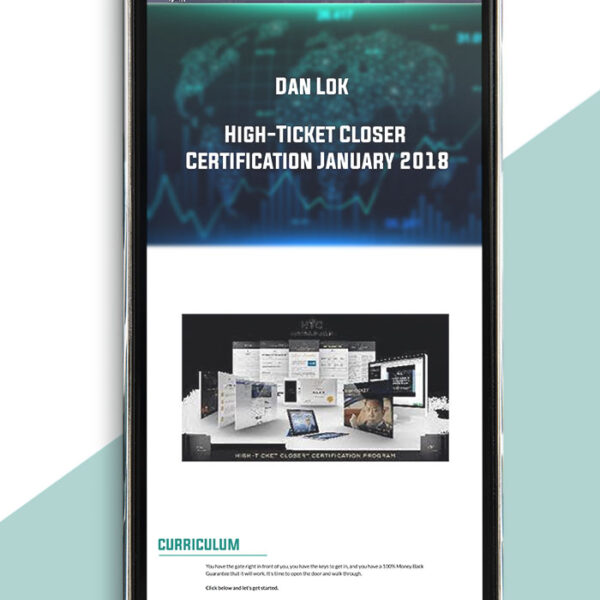
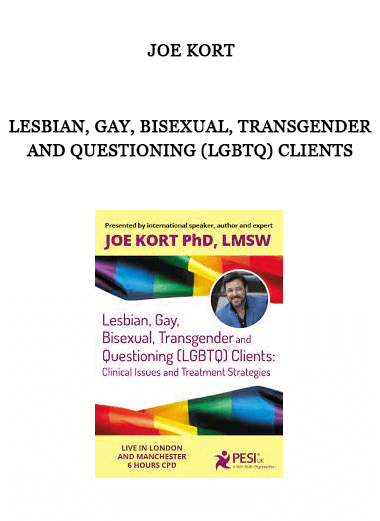
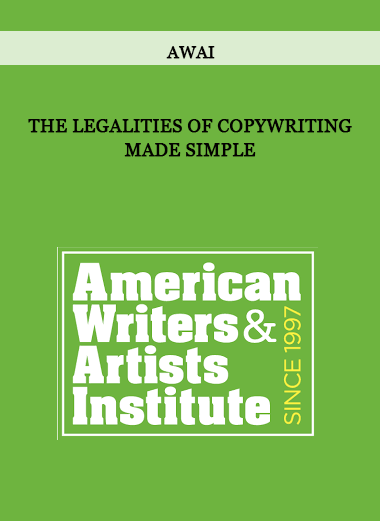
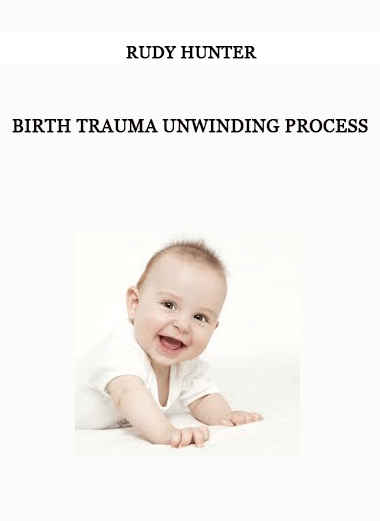
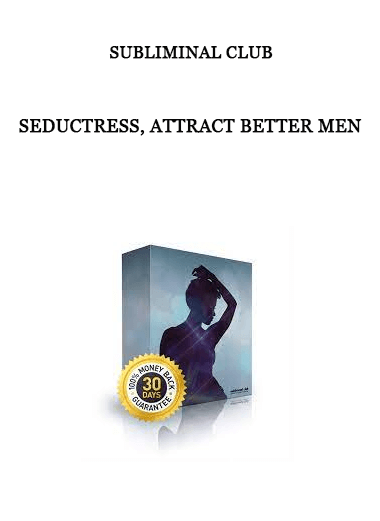
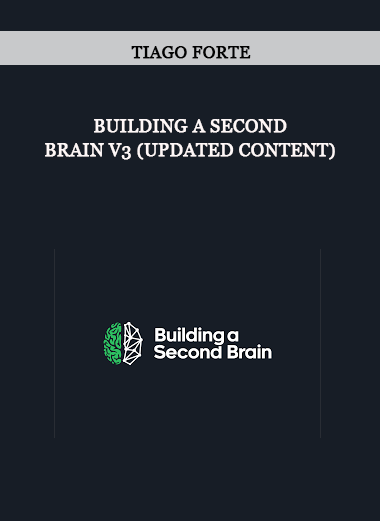


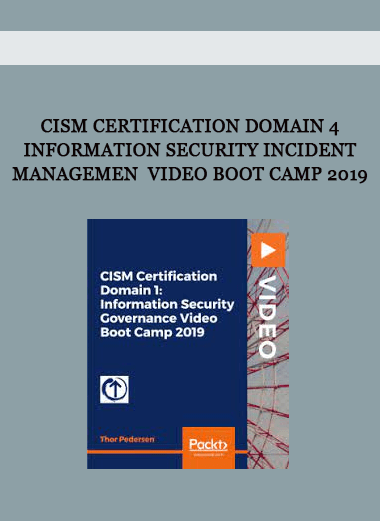




















Reviews
There are no reviews yet.